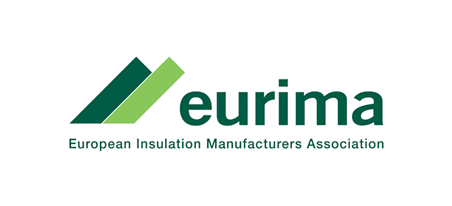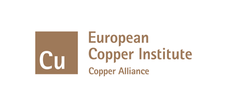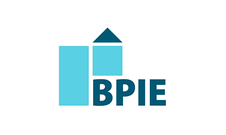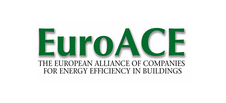Search eceee proceedings
The application of extended product approach (EPA) in ecodesign measures – a case study on water pumps
Panel: 7. Appliances, products, lighting and ICT
This is a peer-reviewed paper.
Authors:
Larisa Maya Altamira, Viegand Maagøe, Denmark
Ulrik Vølcker Andersen, Viegand Maagoe ApS, Denmark
Abstract
The application of the Extended Product Approach (EPA) in energy efficiency measures for energy related products (ErP) has long been discussed as one of the methodological approaches that can maximize energy saving potentials for ErPs. However, the EPA has so far only been applied to very few products at regulatory level. This paper presents the results of a review study of the ecodesign requirements for water pumps used in buildings and industrial processes, which is one of the priority product groups in ecodesign measures. When using EPA at regulatory level it is important to define the scope, which in this case it was the ‘pump unit’, i.e. the pump and the electric motor (and a drive, which is optional). Thereafter, a methodology for testing and calculation of energy efficiency requirements for the pump units in the current regulation (i.e. clean water pumps) was developed. The yearly energy savings potential from applying this methodology to these pump units was calculated as 37-40 TWh by 2030, but the greatest challenge was to extend this methodology to other pump units not in the regulation (i.e. swimming pool pumps and wastewater pumps). This is because the calculation of the energy efficiency in the EPA methodology is based on flow-time profiles so far only standardised for clean water pumps. In order to define them, it is important to characterise the hydraulic behaviour of the pumps in the systems they operate, both at a constant or varying flow demand. So far until now there is not much common knowledge of system aspects for swimming pool and wastewater pumps at varying flow demand. Because of this lack of common knowledge, some assumptions were made for these pump units which resulted in small potential energy savings. More effort is thus needed in defining suitable usage strategies and quantifying system aspects for swimming pool and wastewater pumps, so that an energy efficiency methodology at EPA level can be developed which incentivizes the application of variable flow so more potential savings can be achieved.
Downloads
Download this paper as pdf: 7-321-17_MayaAltamira.pdf
Download this presentation as pdf: 7-321-17_MayaAltamira_presentation.pdf
Panels of
1. Foundations of future energy policy
2. Policy: governance, design, implementation and evaluation challenges
4. Mobility, transport, and smart and sustainable cities
5. Buildings and construction technologies and systems
6. Buildings policies, directives and programmes
7. Appliances, products, lighting and ICT
8. Monitoring and evaluation: building confidence and enhancing practices























